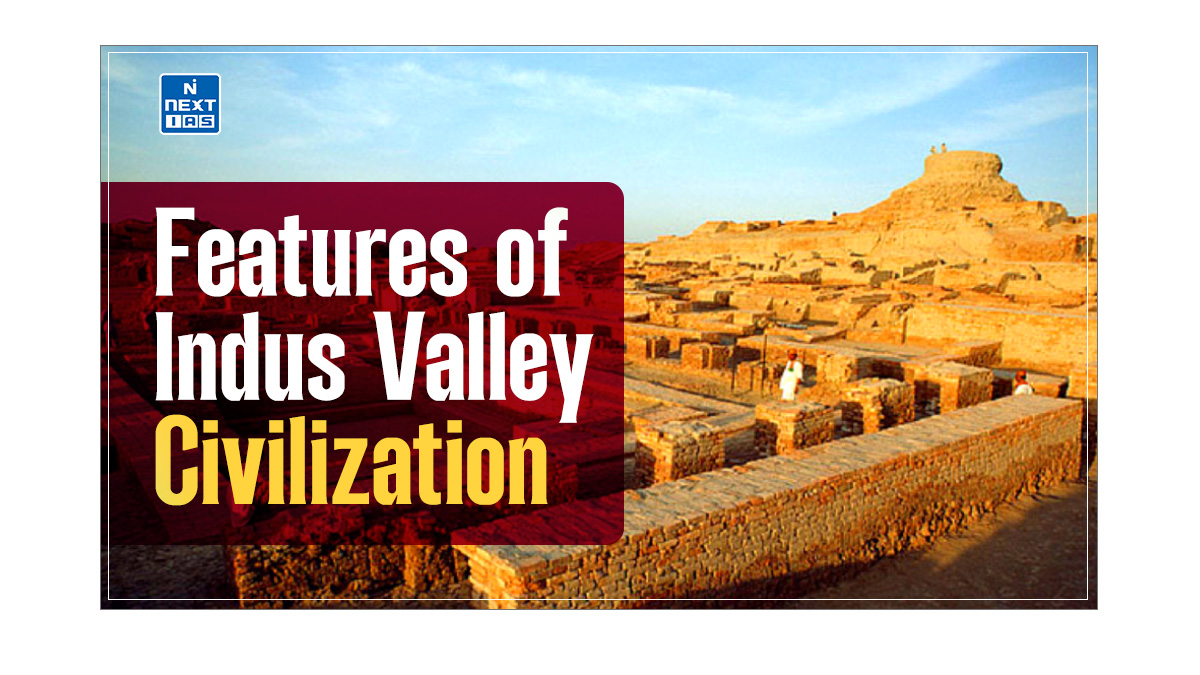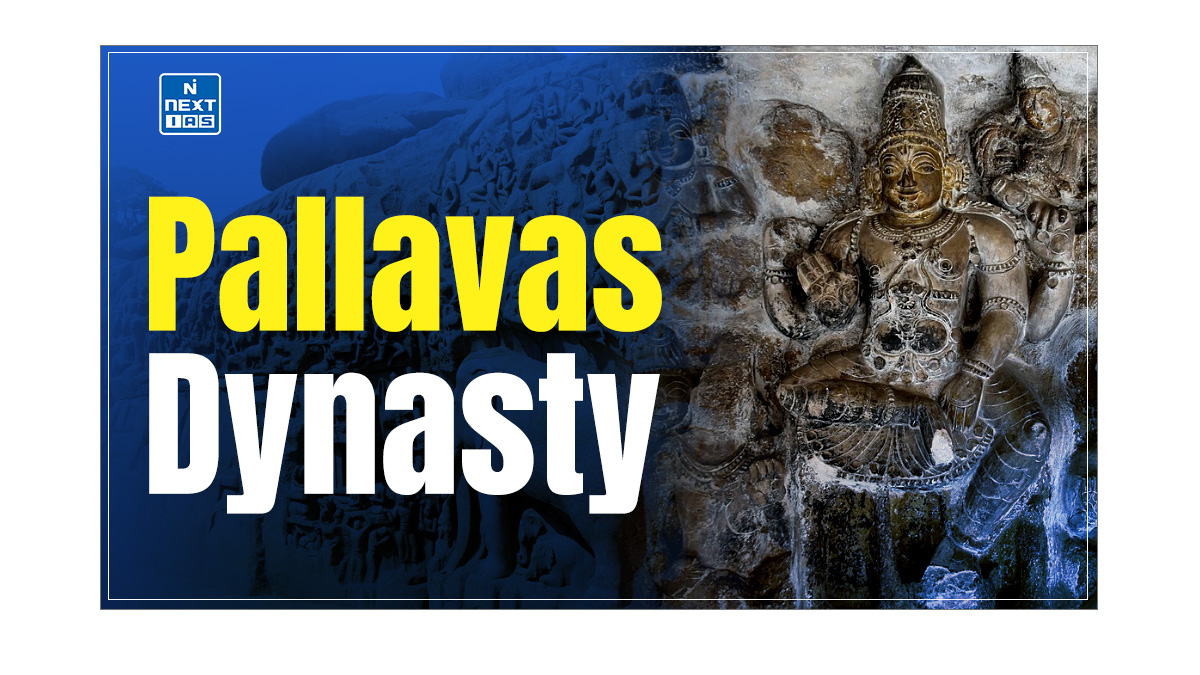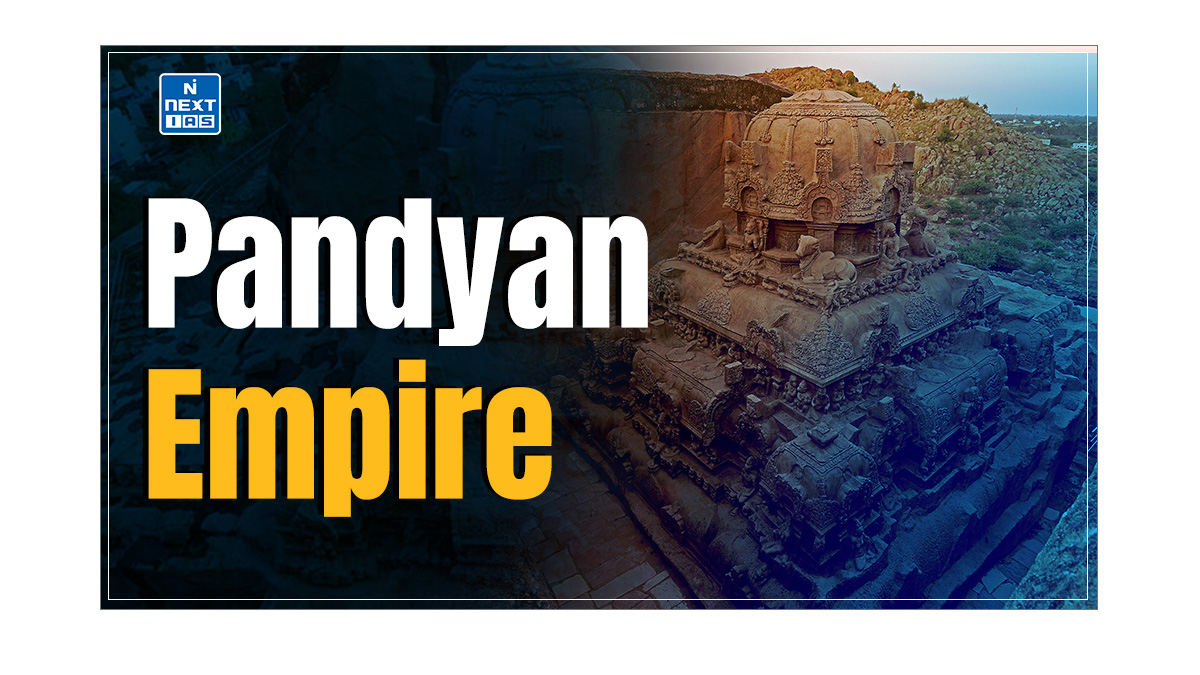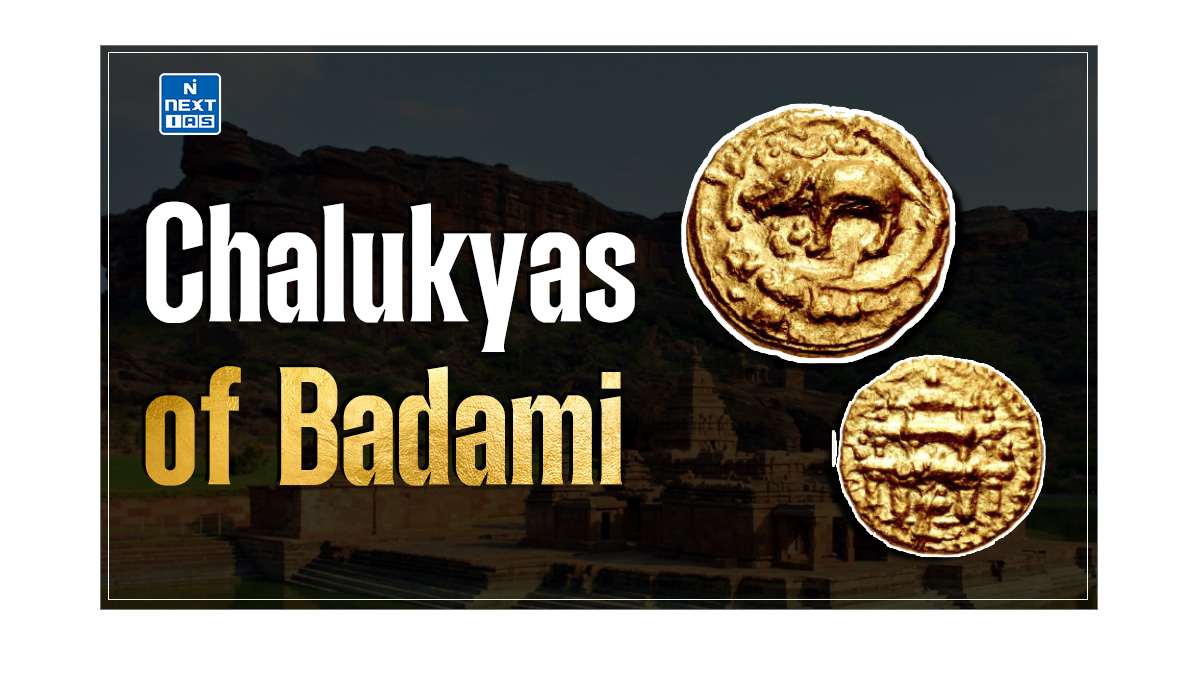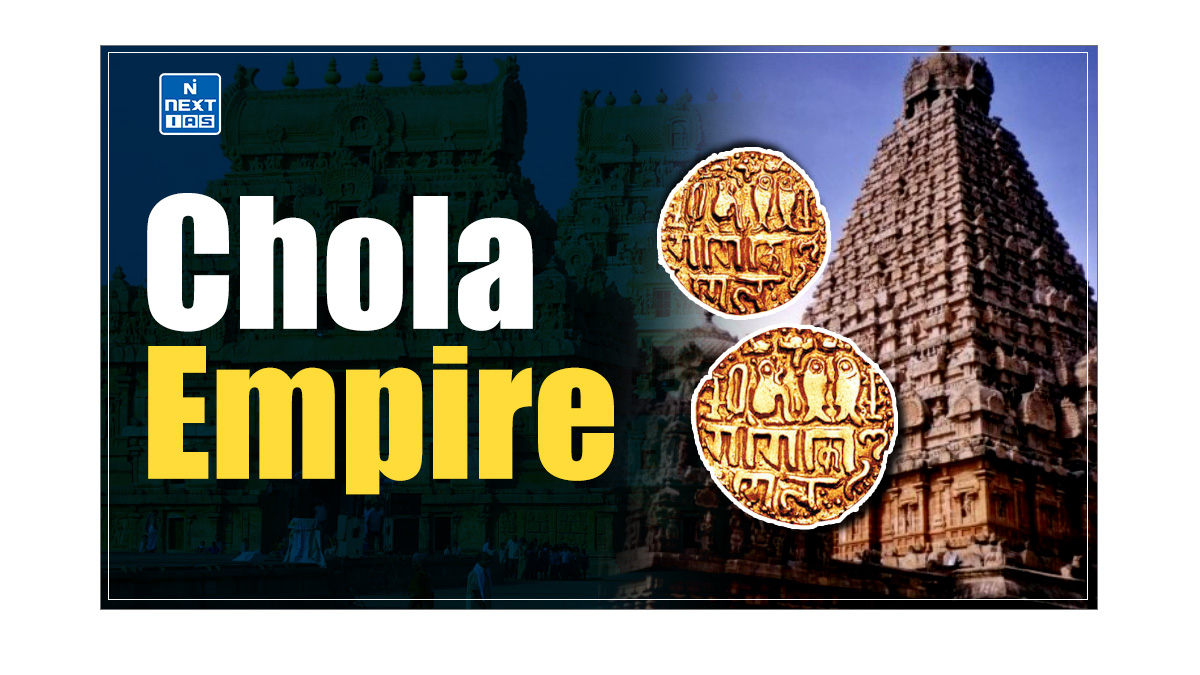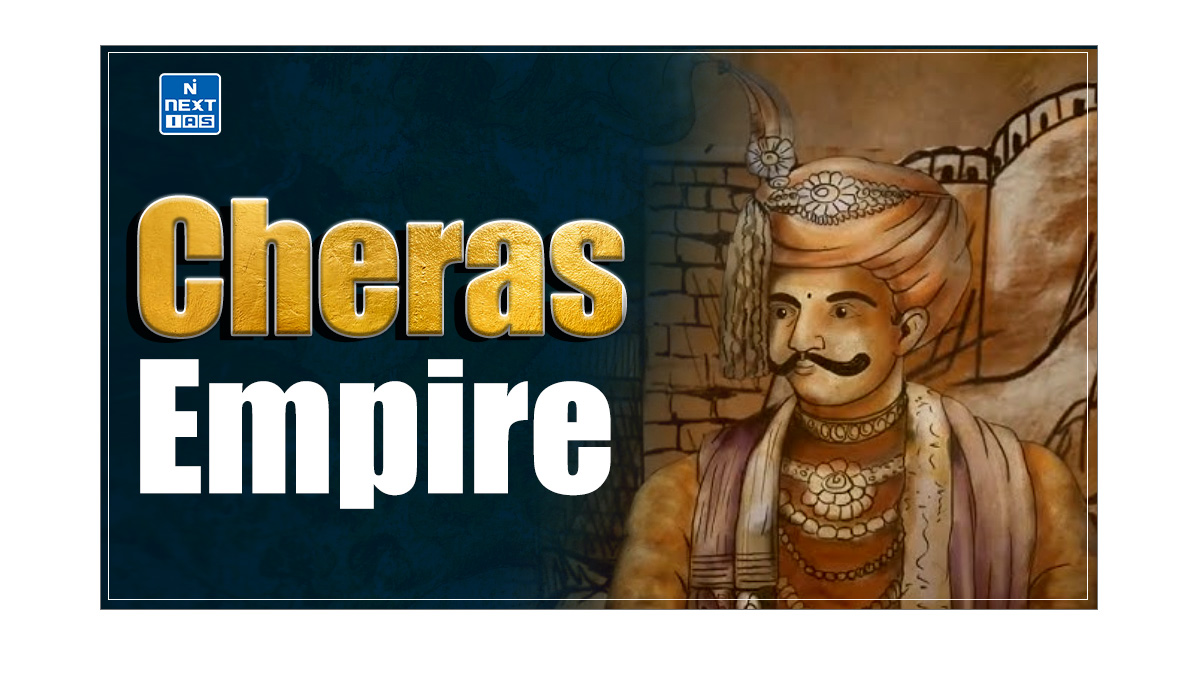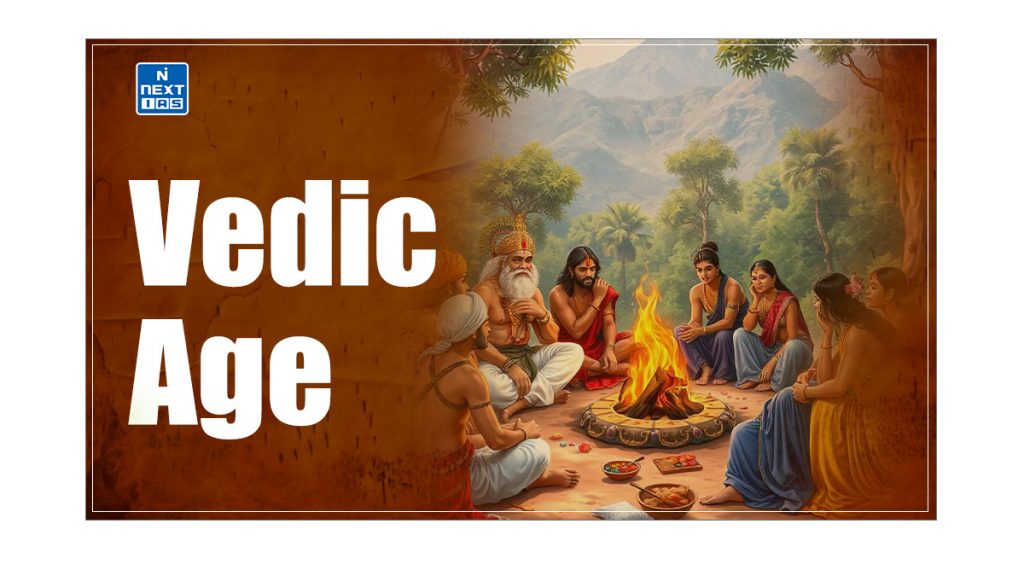
The Vedic Age (around 1500–500 BCE) is characterized by the composition of the Vedas, which are the oldest sacred texts of Hinduism. Its significance lies in its role in transitioning from a semi-nomadic lifestyle to settled agriculture and establishing foundational social, political, and religious structures that shaped subsequent Indian civilization. This article aims to study in detail the various aspects of the Vedic Age, including its time period, origin, and primary sources of its religious and social systems.
About Vedic Age/Vedic Period
- The Vedic Age refers to a period in ancient Indian history (around 1500–500 BCE) characterized by the composition of the Vedas, the oldest sacred texts of Hinduism.
- The Vedic Age, encompassing both the Early and Later Vedic periods, was a formative era in ancient Indian history marked by the composition of the Vedas and the transition from a pastoral society to more complex agrarian communities.
- This era marks the transition from a semi-nomadic lifestyle to settled agriculture and the establishment of early Indian society’s social, political, and religious foundations.
- During this time, the Varna system emerged, along with the development of tribal kingdoms and the practice of rituals and sacrifices central to Vedic religion.
- The Vedic Age laid the groundwork for later Indian civilization, influencing its culture, philosophy, and spiritual traditions.
Read our detailed article on the Early Vedic Age (EVP) and Later Vedic Period (LVP).
Time Period of Vedic Age
- The Vedic Age is generally dated from around 1500 BCE to 500 BCE.
- This period began with the arrival of the Indo-Aryans in the Indian subcontinent and continued until the rise of significant urban centers and the emergence of new religious ideas, marking the transition to the later Mahajanapada period.
Origin of Vedic Age
The origin of Vedic Age can be seen in the following points as mentioned below:
- Migration and Settlement – The Vedic Age began with the migration of the Indo-Aryans from the northwestern regions (modern-day Iran, Afghanistan, and Central Asia) into the Indian subcontinent, particularly the Punjab and the Sarasvati River basin.
- Drivers of Migration – The migration was likely driven by climatic changes and a search for new resources, leading the Indo-Aryans to settle in fertile plains.
- Early Texts – The Rigveda, composed in Sanskrit, is the primary source for understanding this period, reflecting the pastoral and agrarian lifestyle of the Indo-Aryans.
- Religious and Social Organization – The Rigveda reveals the Indo-Aryans’ reverence for natural forces and the early stages of their social and religious organization.
- Foundational Influence – The Vedic Age laid the foundational social and religious structures that influenced the subsequent periods of Indian history.
Primary Sources of Vedic Age
- The primary sources of the Vedic Age include the Vedas, which are the oldest sacred texts of India. These are divided into four main collections:-
- Rig Veda,
- Sama Veda,
- Yajur Veda, and
- Atharva Veda.
All these Vedas have been discussed in detail in the following section.
Rigveda
- The Rigveda, the oldest and most significant of the Vedas, comprises 1,028 hymns organized into ten books or mandalas.
- These hymns were composed in praise of various deities like Agni, Indra, and Soma and offer insights into the early Vedic society’s religious beliefs, rituals, and way of life.
Samaveda
- The Samaveda, often referred to as the “Veda of Melodies,” primarily focuses on musical chants derived from the Rigveda.
- These hymns were sung by a special class of priests called Udgatar during important religious ceremonies, emphasizing the role of music and melody in Vedic rituals.
Yajurveda
- The Yajurveda is divided into the Black (Krishna) and White (Shukla) Yajurveda, containing both the mantras and the ritualistic instructions for their use.
- It played a crucial role in guiding the priests on how to perform various sacrificial rites, which were central to Vedic religion.
Atharvaveda
- The Atharvaveda is distinct from the other Vedas, as it includes not only hymns and prayers but also spells, incantations, and rituals related to everyday life, such as healing, protection from evil, and ensuring prosperity.
- It reflects the more practical and mystical aspects of Vedic society.
A few other important sources of the Vedic Age can be seen as follows:
The Brahmanas
- The Brahmanas are prose texts attached to each of the Vedas, serving as detailed commentaries on the hymns.
- They provide instructions on how to perform Vedic rituals and sacrifices, explaining their symbolic meanings and the significance of various ceremonies.
- The Brahmanas also delve into the mystical and esoteric aspects of the rituals, offering insight into the early religious practices of the Vedic period.
The Aranyakas
- The Aranyakas, or “Forest Treatises,” represent a transition from ritualistic worship to philosophical contemplation.
- Composed by sages who retreated to the forests, these texts are more introspective, focusing on meditation, moral values, and the symbolic meaning behind rituals.
- They serve as a bridge between the ritualistic Brahmanas and the more abstract Upanishads, gradually leading to a deeper spiritual understanding.
The Upanishads
- The Upanishads are considered the culmination of Vedic thought, focusing on spiritual and philosophical inquiries into the nature of reality, the self (Atman), and the ultimate truth (Brahman).
- These texts explore profound concepts such as karma, moksha (liberation), and the unity of the individual soul with the universal spirit.
- The Upanishads mark the shift from external ritual to internal meditation and contemplation, laying the foundation for later philosophical traditions in India.
Society of Vedic Period
- The society of the Vedic period in ancient India was primarily agrarian and organized around kinship structures.
- The Early Vedic Age was characterized by a tribal system where the family unit, led by the patriarch, was the primary social unit.
- The society was relatively egalitarian, with minimal class distinctions, and rituals centered around fire worship and hymns.
- However, during the Later Vedic Age, society became more stratified with the emergence of the varna system, which later evolved into the caste system.
- The role of the Brahmins (priests) became more prominent, and social hierarchies became more rigid, reflecting a shift towards a more complex and organized social structure.
Political Life of Vedic Period
- The political life of the Vedic period was initially tribal and organized around small, kin-based communities.
- During the Early Vedic Age, governance was led by tribal chieftains known as rajas, who were selected by the tribe and were responsible for leading the community in war and maintaining order.
- The raja was assisted by a group of advisers, including priests, warriors, and other tribal leaders, in decision-making processes.
- As society evolved into the Later Vedic Age, the concept of kingship became more formalized, with hereditary monarchy becoming common.
Religion of Vedic Period
- The religion of the Vedic period was rooted in nature worship and a pantheon of deities, each representing different aspects of the natural world and human experience.
- During the Early Vedic Age, the most important deities included Indra (god of rain and thunder), Agni (god of fire), and Varuna (upholder of cosmic order).
- These gods were worshipped through elaborate rituals and sacrifices (Yajnas), performed by priests (Brahmins) who chanted hymns from the Rigveda, the oldest of the Vedas.
- As society transitioned into the Later Vedic Age, the religious practices became more complex, with the development of a more structured and hierarchical pantheon.
- Prajapati, the creator god, and Rudra (a precursor to Shiva) gained prominence.
- The concept of Brahman (the universal soul) and Atman (the individual soul) also started to emerge, laying the foundation for later philosophical thought in Hinduism.
Vedic Literature
- Vedic literature, the oldest sacred texts of Hinduism, includes four primary collections:
- The Rigveda,
- The Samaveda,
- The Yajurveda, and
- The Atharvaveda.
- These texts consist of hymns, rituals, and philosophical teachings, serving as the foundation of Vedic religion and culture.
- The Vedas were supplemented by the Brahmanas, Aranyakas, and Upanishads, which provide detailed instructions for rituals, meditative practices, and discussions on metaphysical concepts.
Read our detailed article on Vedic Literature.
Vedic Philosophy
- Vedic philosophy, rooted in the Vedic texts, emphasizes the concepts of Rita (cosmic order) and Dharma (moral duty), which govern the universe and human life.
- It explores the nature of reality, the self (Atman), and the ultimate reality (Brahman), seeking to understand the connection between the individual soul and the cosmic principle.
- Vedic thought also includes discussions on karma, the cycle of rebirth, and the pursuit of liberation (Moksha) through knowledge and righteous living.
Read our detailed article on Vedic Philosophy.
Conclusion
The Vedic Age is a defining epoch that significantly impacted the trajectory of Indian civilization. Through the migration and settlement of the Indo-Aryans, the composition of the Vedic texts, and the establishment of early social and religious frameworks, this period provided a foundational influence on subsequent Indian history. As India transitioned into more complex societal structures, the legacy of the Vedic Age continued to resonate, shaping the cultural and philosophical landscape of the nation.
Frequently Asked Questions (FAQs)
What is the Vedic Age?
The Vedic Age, spanning from around 1500 BCE to 500 BCE, is a significant period in ancient Indian history marked by the composition of the Vedic texts. It is divided into the Early Vedic Age, characterized by a nomadic, pastoral society, and the Later Vedic Age, which saw the development of settled agricultural communities and the rise of complex social and political structures.
Which period is known as the Vedic Age?
The period from around 1500 BCE to 500 BCE is known as the Vedic Age. It is named after the Vedas, the oldest sacred texts of India, which were composed during this time.
Which is the oldest Veda?
The Rigveda is considered the oldest of the Vedas.
Satyamev Jayate is taken from which Upanishad?
The phrase “Satyamev Jayate” is taken from the Mundaka Upanishad.
What is Sam Veda?
The Sama Veda is primarily a collection of chants and melodies used in the rituals and ceremonies of the Vedic religion.
